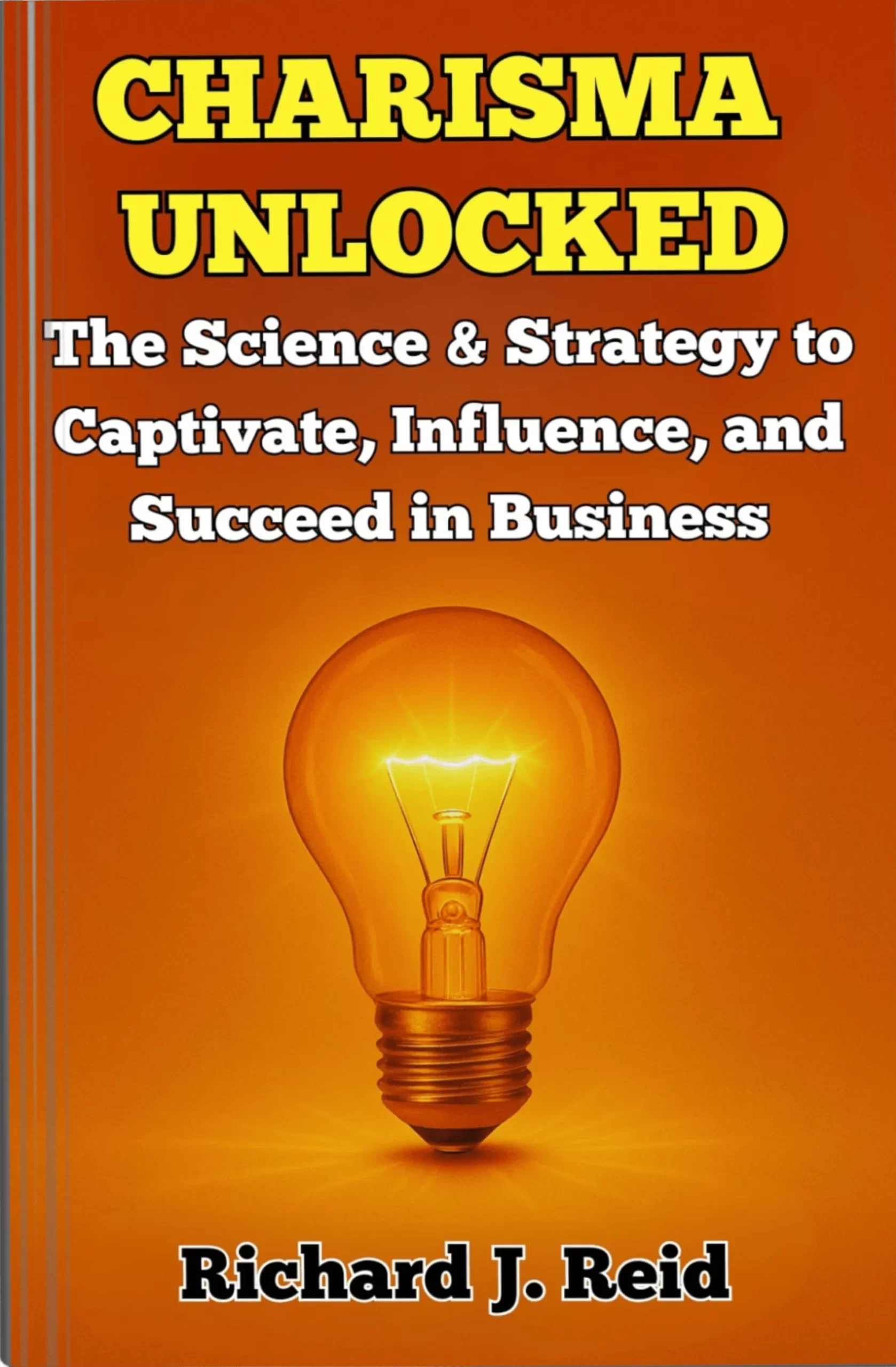This expanded whitepaper provides a comprehensive guide to applying Sun Tzu’s The Art of War to modern business, offering deeper insights and practical examples for entrepreneurs and professionals.
I. Know Your Battlefield (Market & Competitive Landscape Analysis):
Understanding the terrain translates to comprehensive market and competitive landscape analysis. Beyond Porter’s Five Forces, SWOT, and PESTLE, utilise:
- Scenario Planning: Develop multiple scenarios based on potential future market conditions, preparing your business for various possibilities.
- Value Chain Analysis: Map out your entire value chain, identifying areas for cost optimisation and differentiation.
- Customer Journey Mapping: Understand the customer experience at each touchpoint, identifying opportunities to improve customer satisfaction and loyalty.
- Competitive Intelligence: Use tools and techniques to gather data on competitors’ strategies, pricing, marketing, and operations, including social media monitoring and competitor website analysis.
- Expanded Practical Application: A restaurant chain uses customer surveys and data analytics to map the customer journey, identifying pain points and areas for improvement in the dining experience. They also monitor online reviews and social media to understand customer sentiment and competitor offerings.
II. Strategic Focus & Resource Allocation (Prioritization & Efficiency):
Winning before the battle emphasises strategic focus and efficient resource allocation. Beyond BCG and Ansoff matrices:
- Core Competency Analysis: Identify your core competencies and focus resources on developing and leveraging them.
- Portfolio Management: Manage your product or service portfolio strategically, balancing investments across different product lifecycle stages.
- Lean Methodology: Implement lean principles to eliminate waste and maximise efficiency in all operations.
- Zero-Based Budgeting: Start from scratch each budget cycle, justifying every expense and ensuring alignment with strategic priorities.
- Expanded Practical Application: A tech startup prioritises product development based on user feedback and market demand, allocating resources to features that deliver the most value to customers. They also implement lean methodologies to streamline their development process and reduce time to market.
III. Shaping Perception (Marketing, Branding & Public Relations):
Sun Tzu’s deception translates to strategically shaping market perception through marketing, branding, and public relations.
- Brand Positioning: Develop a clear and compelling brand positioning statement that differentiates you from competitors.
- Targeted Marketing: Utilize data-driven insights to target specific customer segments with personalised messaging.
- Content Marketing: Create valuable and engaging content that educates and entertains your target audience, building brand authority and trust.
- Public Relations: Build relationships with media outlets and influencers to generate positive media coverage and shape public opinion.
- Expanded Practical Application: A sustainable clothing brand uses social media and influencer marketing to promote ethical and environmentally friendly practices, build a solid brand reputation, and attract conscious consumers.
IV. Leadership, Culture & Organizational Alignment (Empowerment & Accountability):
Strong leadership and disciplined execution are crucial. Beyond transformational and situational leadership:
- Servant Leadership: Focus on serving the needs of your employees, empowering them to achieve their full potential.
- Emotional Intelligence: Develop solid emotional intelligence to build trust, foster collaboration, and manage conflict effectively.
- Organizational Culture: Create a positive and supportive culture that aligns with your values and strategic goals.
- Performance Management: Implement clear performance metrics and accountability systems to track progress and drive results, empowering you to take control of your business’s direction.
- Expanded Practical Application: A software company fosters a culture of continuous learning and development, providing employees with opportunities to attend conferences, take online courses, and participate in mentorship programs, inspiring them to grow and innovate.
V. Adaptability, Agility & Innovation (Responding to Change & Disruption):
The dynamic business environment demands adaptability, agility, and innovation.
- Agile Methodologies: Implement agile methodologies to respond quickly to changing market conditions and customer needs.
- Design Thinking: Utilize design thinking principles to develop innovative solutions to complex business challenges.
- Open Innovation: Embrace open innovation by collaborating with external partners and leveraging external knowledge.
- Change Management: Develop effective strategies to navigate organisational change and minimise resistance.
- Expanded Practical Application: A retail company uses A/B testing to optimise its website design and user experience, continuously iterating and adapting based on customer data.
VI. Competitive Advantage & Disruption (Exploiting Opportunities & Mitigating Threats):
Identifying and exploiting competitor vulnerabilities is critical to gaining a competitive advantage. Beyond Blue Ocean strategy:
- Value Innovation: Offer unique features, benefits, or experiences to create new value for customers.
- Disruptive Innovation: Target underserved markets or offer innovative solutions that challenge established players.
- Competitive Monitoring: Continuously monitor competitor activities and market trends to anticipate potential threats and opportunities.
- Expanded Practical Application: A fintech startup develops a mobile app that simplifies international money transfers, disrupting the traditional banking industry with a more convenient and affordable solution.
VII. Strategic Alliances & Partnerships (Leveraging External Resources):
Sun Tzu recognises the power of alliances.
- Joint Ventures: Form joint ventures with complementary businesses to access new markets or resources.
- Strategic Partnerships: Build strategic partnerships with suppliers, distributors, or other stakeholders to strengthen your value chain, fostering a sense of connection and collaboration in your business network.
- Ecosystem Building: Create a thriving ecosystem of partners and collaborators to foster innovation and growth.
- Expanded Practical Application: A pharmaceutical company partners with a research university to develop new drug therapies, leveraging the university’s expertise in scientific research.
VIII. Information & Data-Driven Decision Making (Leveraging Insights):
“Spies are the most important element in war.” In business, this translates to the importance of data and information.
- Data Analytics: Utilize data analytics to gain insights into customer behaviour, market trends, and competitor activities.
- Market Research: Conduct thorough market research to understand customer needs, preferences, and pain points.
- Business Intelligence: Implement business intelligence tools and systems to track key performance indicators (KPIs) and make data-driven decisions.
- Expanded Practical Application: A marketing agency uses data analytics to track the performance of their advertising campaigns, optimising their spending and targeting based on real-time data.
Conclusion:
The wisdom of The Art of War provides a robust framework for navigating the complexities of the modern business world. By embracing and adapting these principles to your specific context, you can enhance your strategic thinking, improve decision-making, and achieve sustainable competitive advantage in today’s dynamic and competitive landscape.










